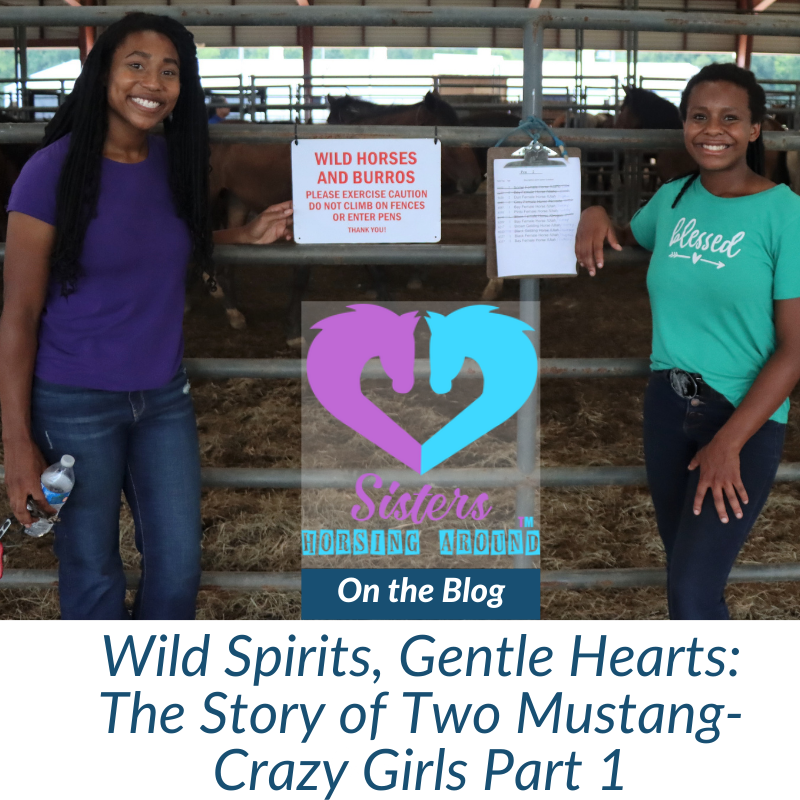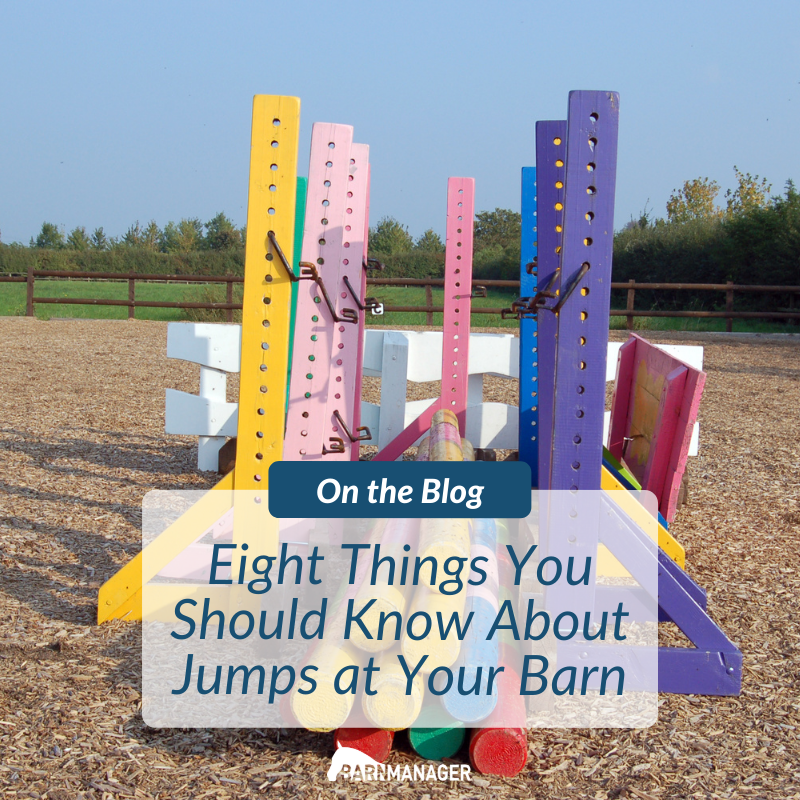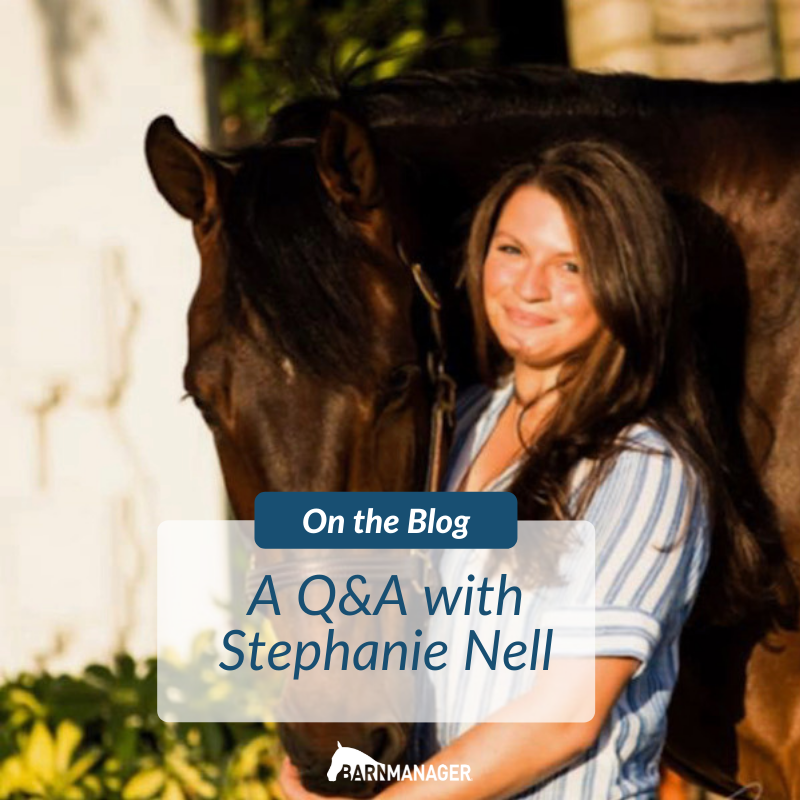Wild Spirits, Gentle Hearts: The Story of Two Mustang-Crazy Girls
By Emily and Sarah Harris
Ever since we were younger, it was our dream to adopt a wild mustang. “Spirit: Stallion of the Cimarron” was our favorite movie. We wrote books about wild horses and played games about them. We watched documentaries about the wild mustang stallion Cloud and watched the movies “Wild Horse, Wild Ride,” “Wild Horse Redemption,” and “500 Miles.” In 2016, we met the winner of the 2014 Youth Extreme Mustang Makeover, Kirsten Mew, at an event, and she shared encouraging words about training mustangs. Every year we would look at the Bureau of Land Management’s Mustang auctions, always hoping that one day… just maybe… we would bring one home.
This year our childhood dreams became reality.
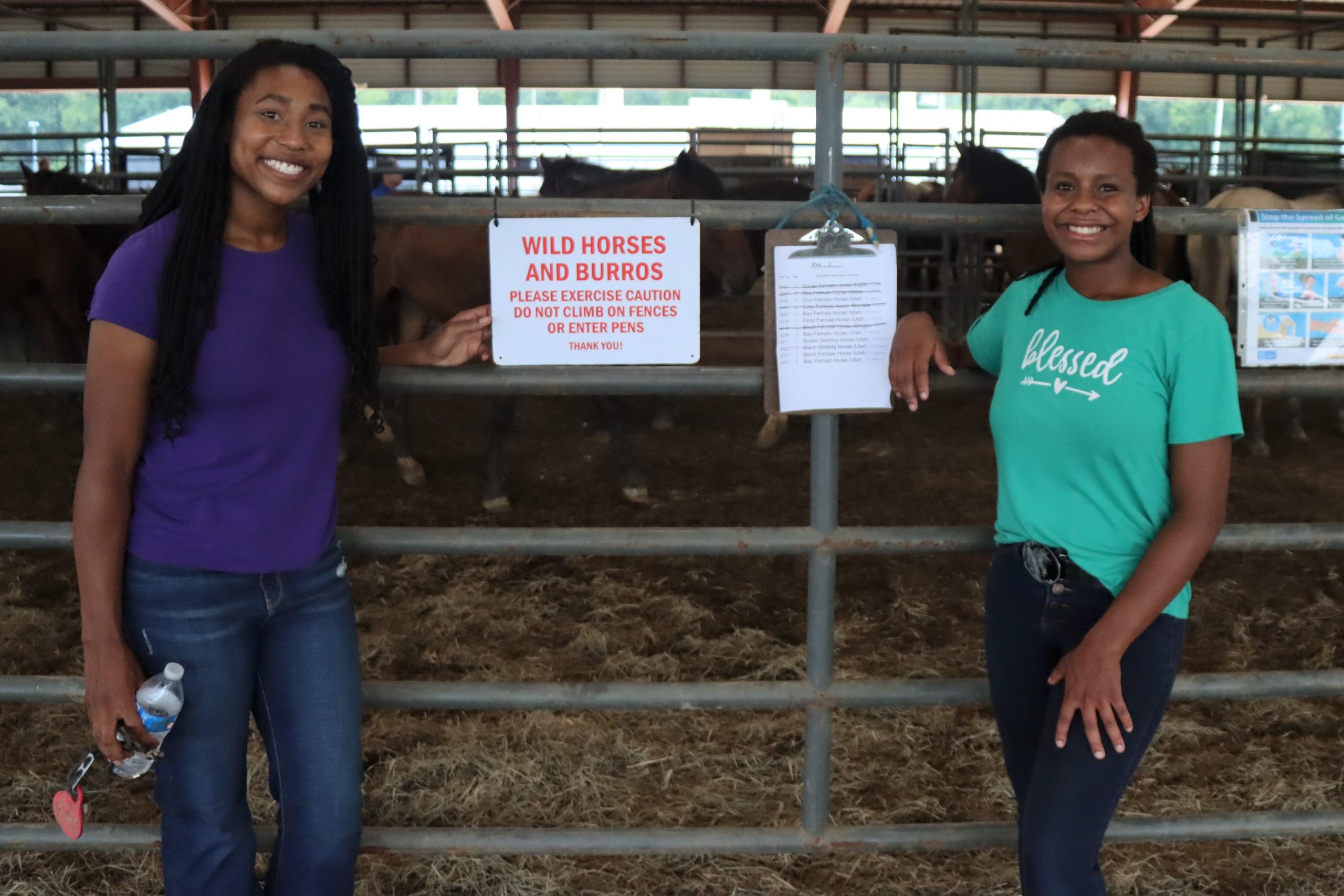
Emily:
Throughout the beginning of this year, I kept saying, “I am going to get a mustang this year!” I talked about it often and made plans. Whenever I bought things for my horse and pony, I bought extra in preparation for a new horse. Besides my childhood dreams to have a mustang, I had another reason that fueled my desire. If anything happened to my horse Amazing Grace, then I wouldn’t have a horse. She is my only riding horse, and she is heading into her senior years. Even though she may have plenty of time left, I didn’t like the uncertainty of it all. Anything could happen. I had experienced the loss of having to give my other riding horse, Stella, back to her previous owner because I realized that she wasn’t physically able to meet my jumping needs. That was heartbreaking for me. It didn’t help that the day I took Stella back was also my birthday. I don’t even want to imagine how I would feel if something happened to Amazing Grace.
With this ever-looming possibility in mind, I felt more eager to get a Mustang. Even when I was recovering from my concussion, I talked about having one, which seemed pretty ironic at the time. Here I am, unable to ride because of a pretty bad concussion, and I am talking about training a wild horse, knowing that it’s because of a green horse that I am even in this situation. It seemed like a recipe for disaster, but I was determined. My search for a mustang began.
Once again, we began to look at the Bureau of Land Management’s (BLM) Wild Horse and Burro online/internet auctions. There were several BLM internet auctions scheduled throughout the year. Each internet auction had pickup locations where you could choose to pick up the horse or burro that you had won during the auction. We waited until there was an online auction with a pickup location located in our state. Our chance had finally come!
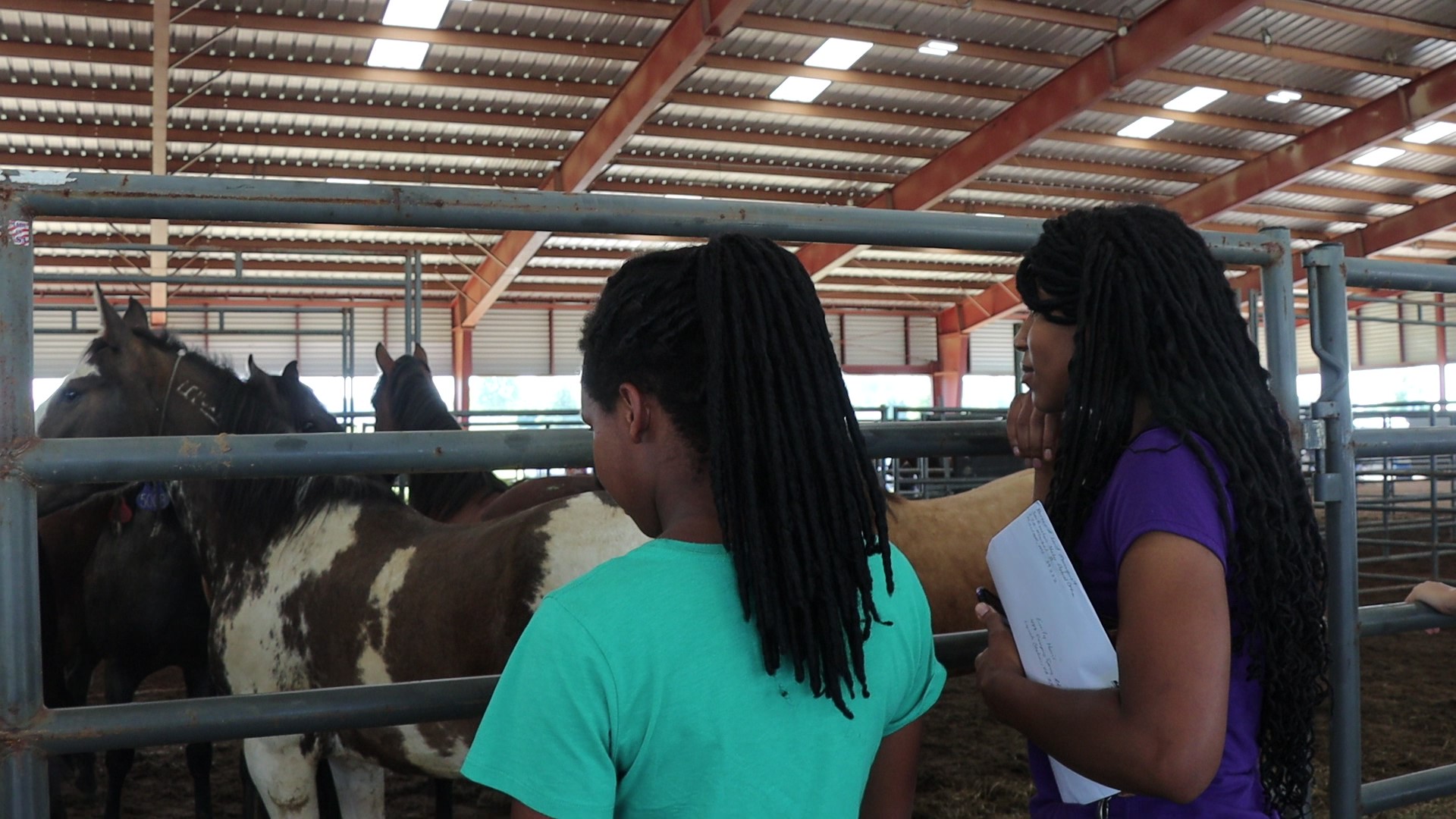
All of the horses listed in the auction were unhandled and untrained. This meant that they had never been touched by human hands. Starting bids were $25. We scanned through the horses listed and looked at their descriptions, videos, pictures, and Herd Management Area locations. Wild horses and burros live on areas of public land known as Herd Management Areas (HMA). These are areas of land that the BLM manages. There are 177 Herd Management Areas across 10 states: California, Nevada, Arizona, Utah, Oregon, Idaho, Montana, Wyoming, Colorado, and New Mexico and the total amount of land that make up these 177 Herd Management Areas is 26.9 million acres.
In an effort to manage the wild horses and burros and maintain a natural, thriving, ecological balance of all species on the rangelands, the BLM removes a certain number of equines to place into private maintenance and care by interested individuals who are willing to adopt or purchase them. Unmanaged, wild horse and burro populations can double every four years, putting them at risk for starvation and thirst because of lack of food and water and at the risk of death. Increased herd populations also threaten the survival of other wildlife species because of competition for food and water resources and the damage to the land and habitat of other creatures.
I sent in my adoption application so that I could get approval to adopt or purchase. Application approval is based on one’s ability to provide humane treatment and care (including proper transportation, feeding, and handling) for a wild horse or burro. There are minimum facility requirements for the wild horse or burro’s living area (their pen, corral, stall, shelter, etc).
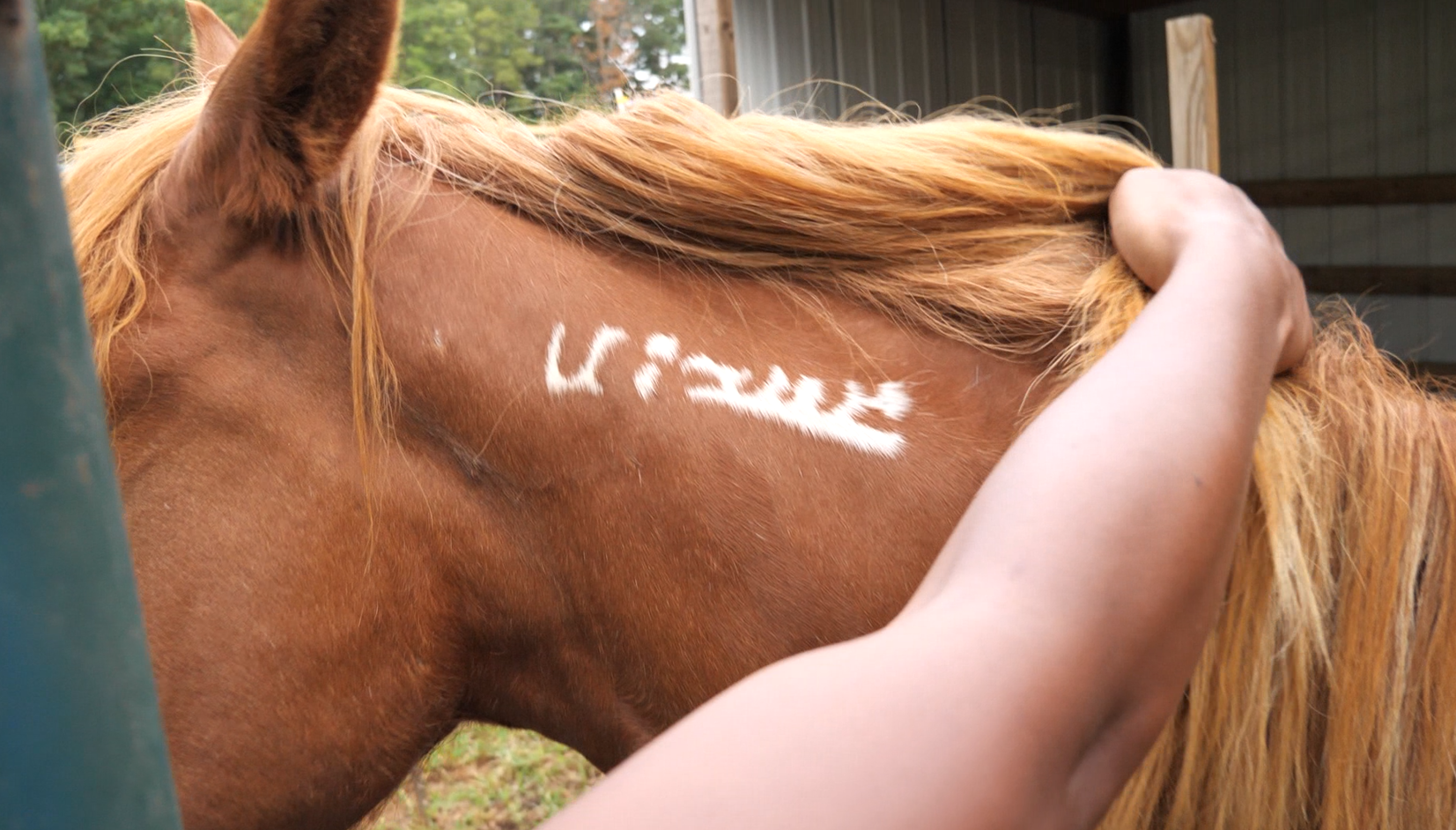
I was approved to get three horses based on the space that we had available for their corrals. A person may adopt no more than four wild horses or burros in a 12-month period, unless permission is given for more based on one’s ability to care for them.
When the online auction started, we had already picked out several favorite horses that we wanted to try to bid on. The auction lasted a week with bids being placed on the horses throughout that time. It was a total nail biter! On the last day of the auction, during the last hour, most of our favorites were picked. Every time we looked, one or more of our favorite horses’ prices shot up like a hot air balloon on the fourth of July! Time was ticking, and we had to make a decision fast.
Visit the BarnManager blog next week to read what happens on Emily and Sarah’s journey to adopting wild mustangs!
Find out more about the Bureau of Land Management Wild Horse and Burro Adoption and Sales Program on their website: https://www.blm.gov/programs/wild-horse-and-burro/adoptions-and-sales.
Have questions about utilizing BarnManager or want to give it a try for yourself? Request a live demo here!
